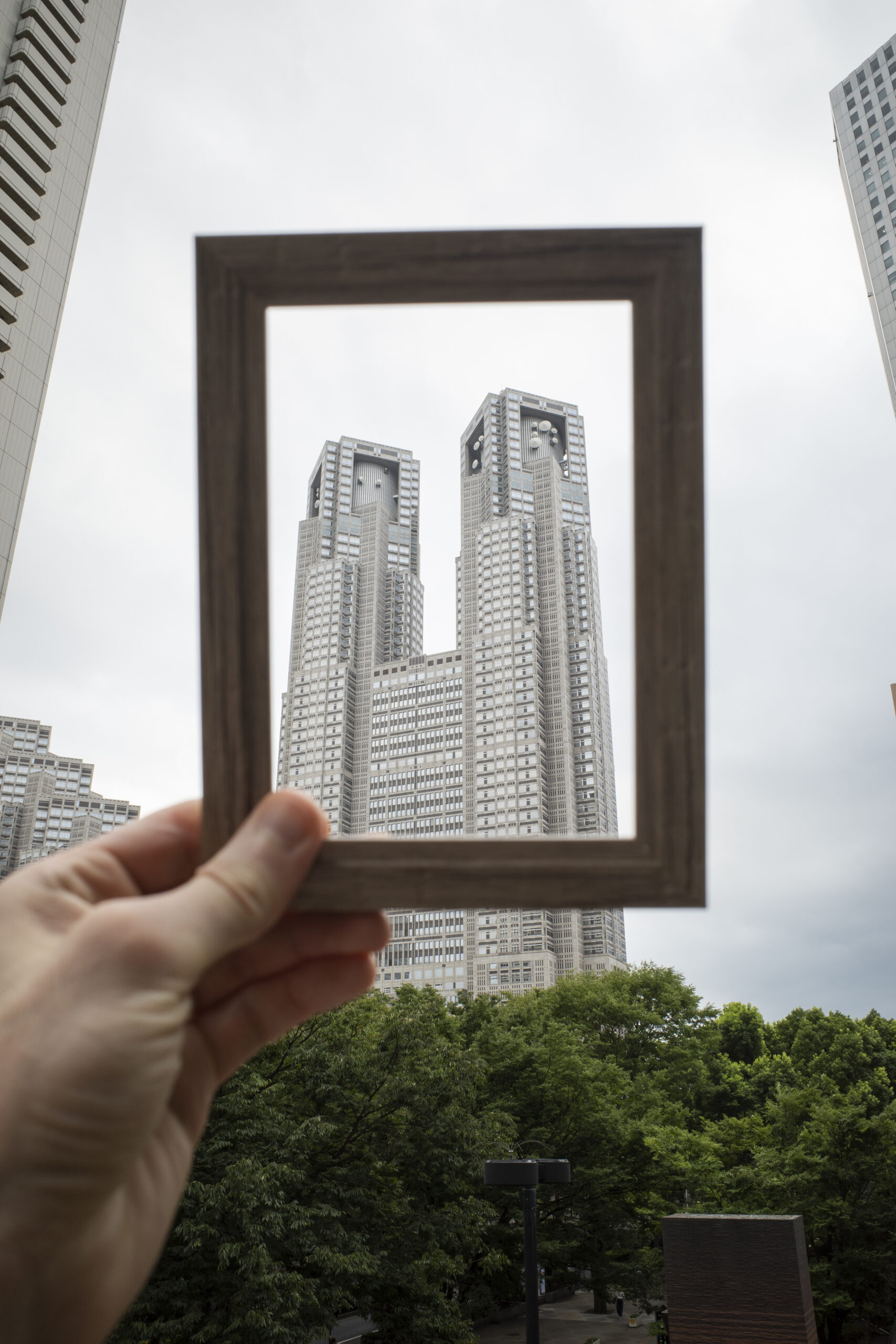Introduction: The real estate market in Islamabad, the capital city of Pakistan, has been undergoing significant changes and trends in recent years. As the city continues to grow and develop, various factors are influencing the dynamics of the real estate market. This article aims to delve into some of the emerging trends that are shaping the future of real estate marketing companies in Islamabad.
- Urbanization and Infrastructure Development: One of the key drivers of the real estate market in Islamabad is the ongoing urbanization and infrastructure development. As the city expands, there is a growing demand for residential and commercial properties, particularly in well-connected and developed areas. The construction of new roads, bridges, and public transportation systems is attracting investment and driving property prices in certain localities.
- Housing Societies and Gated Communities: Housing societies and gated communities, such as Town One, are gaining traction in Islamabad’s real estate landscape. These developments offer a combination of security, amenities, and modern living standards. Many investors and homebuyers are opting for these communities due to the enhanced quality of life they provide
- Smart and Sustainable Real Estate: Sustainability and smart features are becoming integral parts of real estate projects in Islamabad. Developers are incorporating energy-efficient designs, green spaces, and technology-driven amenities into their projects. These features not only attract environmentally conscious buyers but also contribute to long-term cost savings for property owners.
- Sustainability Integration: Developers in Islamabad are increasingly embracing sustainability as a cornerstone of their projects. This involves incorporating environmentally friendly practices, materials, and designs into every stage of a real estate development. From the construction phase to the operational phase, the focus is on reducing the ecological footprint. This includes using eco-friendly building materials, optimizing energy usage, and minimizing waste generation during construction.
- Energy-Efficient Designs: Energy-efficient designs are at the forefront of this trend. Builders are adopting innovative architectural techniques that maximize natural light and ventilation, reducing the need for artificial lighting and air conditioning. The installation of energy-efficient windows, insulation, and roofing materials further contributes to reduced energy consumption. Some developments even incorporate solar panels to harness renewable energy sources, which not only benefits the environment but also lowers long-term energy costs for property owners.
- Green Spaces and Landscaping: Incorporating green spaces and thoughtful landscaping is another key aspect of sustainable real estate. Developers are setting aside areas for lush gardens, parks, and green roofs. These spaces provide residents with a connection to nature, improve air quality, and enhance the overall aesthetic appeal of the property. Green spaces also act as natural cooling mechanisms, mitigating the urban heat island effect and reducing the reliance on air conditioning.
- Technology-Driven Amenities: The “smart” aspect of sustainable real estate encompasses technology-driven amenities that optimize resource usage and enhance the overall living experience. Home automation systems, such as smart thermostats, lighting controls, and energy monitoring devices, allow residents to manage their energy consumption in real time. This not only empowers homeowners to make eco-conscious decisions but also results in cost savings by efficiently managing energy use.
- Waste Management and Recycling: Sustainable real estate projects emphasize waste reduction and recycling. Developers are implementing waste management systems that encourage recycling and proper disposal of waste. Some projects incorporate designated recycling areas, composting facilities, and efficient waste collection methods to minimize the environmental impact of the development.
- Water Conservation Strategies: Given Islamabad’s sometimes arid climate, water conservation is a significant concern. Sustainable real estate projects integrate water-efficient fixtures such as low-flow toilets, faucets, and rainwater harvesting systems. These initiatives help reduce water consumption and reliance on external water sources, contributing to the overall sustainability of the development.
- Certifications and Ratings: Some real estate projects in Islamabad are pursuing green building certifications such as LEED (Leadership in Energy and Environmental Design) or EDGE (Excellence in Design for Greater Efficiencies). These certifications validate the sustainability and energy efficiency of the development and provide potential buyers with tangible evidence of the project’s commitment to eco-friendliness.
- Long-Term Savings and Value: Perhaps one of the most appealing aspects of sustainable real estate is the potential for long-term cost savings. While the initial investment in energy-efficient technologies and sustainable features might be higher, property owners stand to benefit from reduced energy bills, lower maintenance costs, and potentially higher resale values due to the growing demand for environmentally conscious properties.
- Mixed-Use Developments: Mixed-use developments, encompassing residential, commercial, and recreational spaces within the same complex, are gaining popularity. These developments offer convenience by bringing various facilities within close proximity, reducing the need for long commutes.
- Foreign Investment and Overseas Pakistanis: Foreign investment and investments from overseas Pakistanis are playing a significant role in the real estate market. Government initiatives to facilitate foreign investment and provide incentives for overseas Pakistanis to invest in their home country have contributed to an influx of funds into the real estate sector.
- Legal Reforms and Transparency: Efforts to improve transparency and streamline property transactions are positively impacting the market. The implementation of legal reforms and the digitization of property records are boosting investor confidence and reducing the risk of fraudulent practices.
- Shift in Consumer Preferences: Changing consumer preferences are influencing the types of properties in demand. There is a noticeable shift towards smaller, more affordable housing units, driven by the growing young population and the need for urban housing solutions.
- Impact of Global Events: Global events, such as economic fluctuations and the COVID-19 pandemic, can have a considerable impact on the real estate market. Economic uncertainties can affect property prices and demand, highlighting the importance of a flexible and adaptive market strategy.
Conclusion: The real estate market in Islamabad is experiencing a period of transformation, driven by urbanization, infrastructure development, changing consumer preferences, and global influences. As the city continues to evolve, developers, investors, and policymakers must remain attuned to these emerging trends to make informed decisions that will shape the future of Islamabad’s real estate market. Whether it’s sustainable and smart housing, mixed-use developments, or attracting foreign investment, these trends will play a pivotal role in defining the real estate landscape in the years to come.




